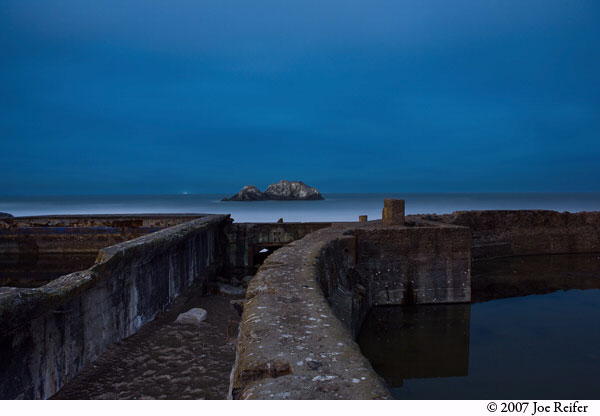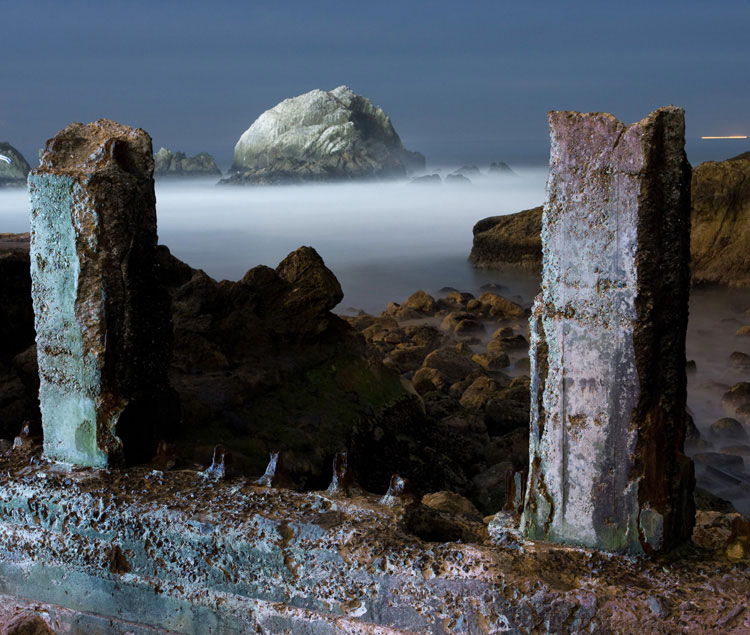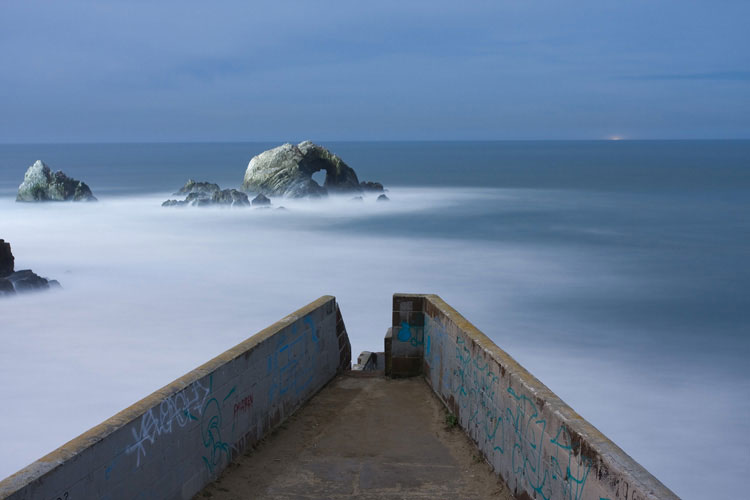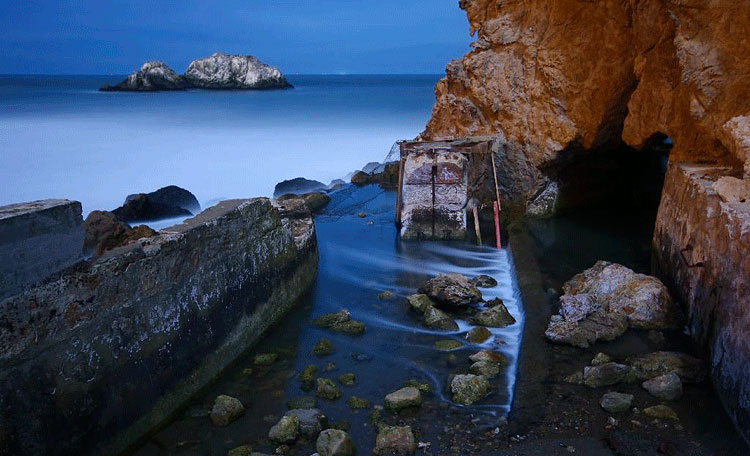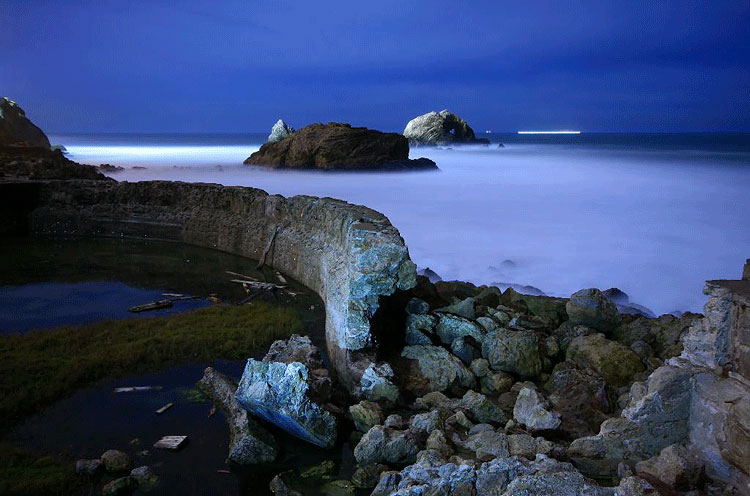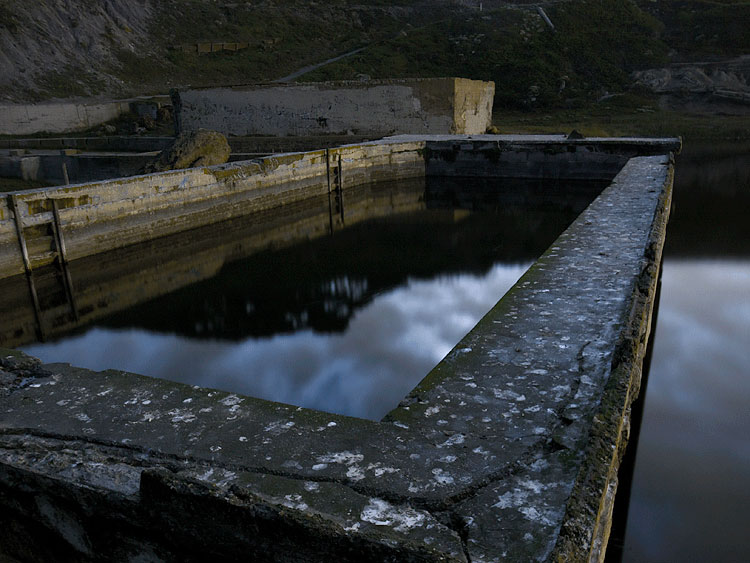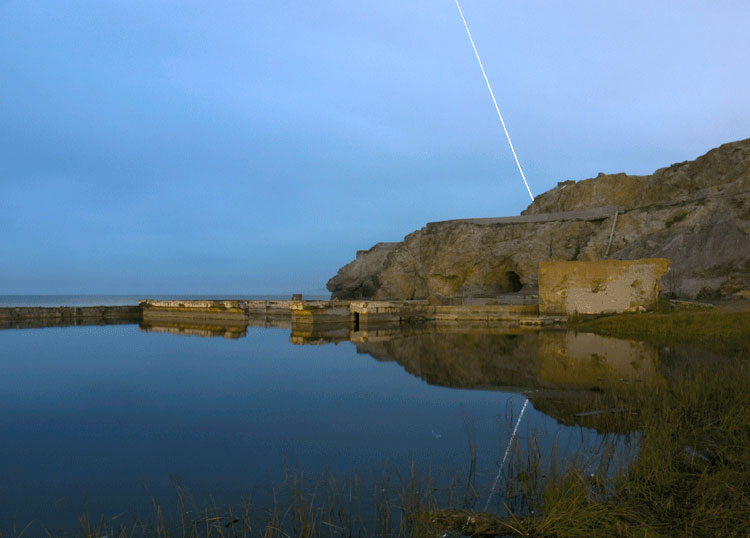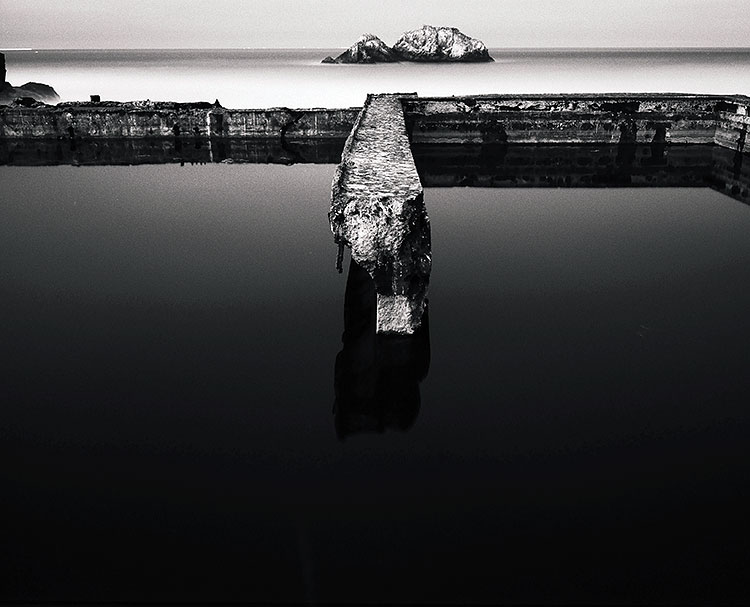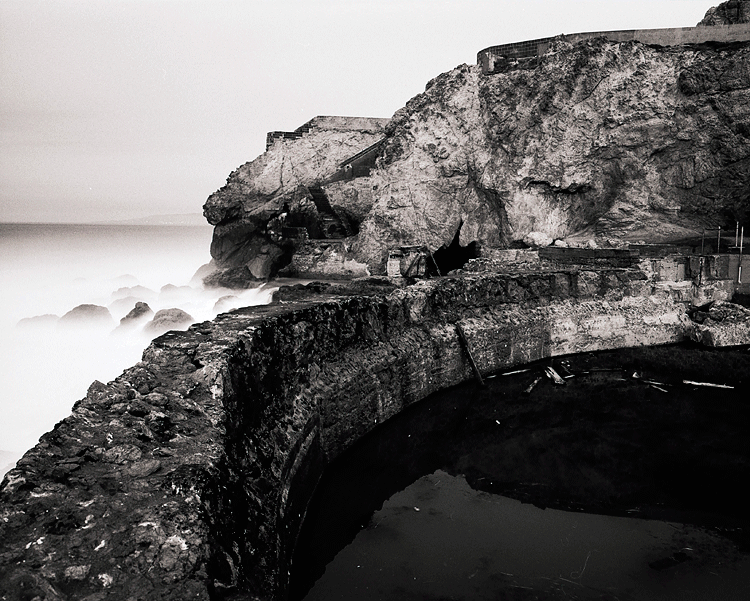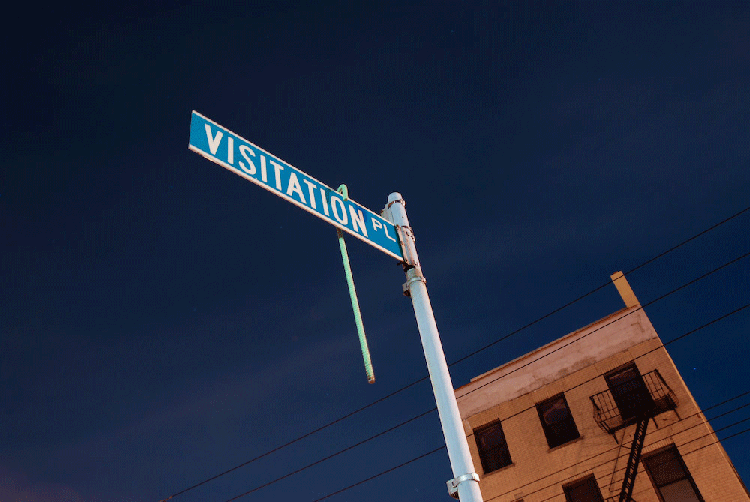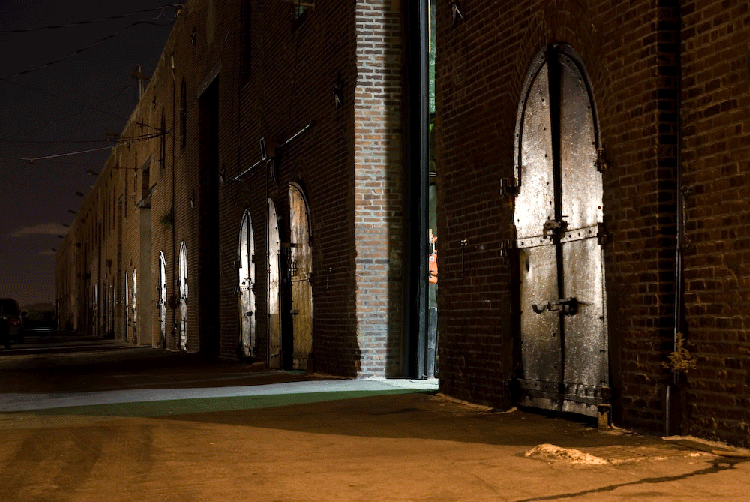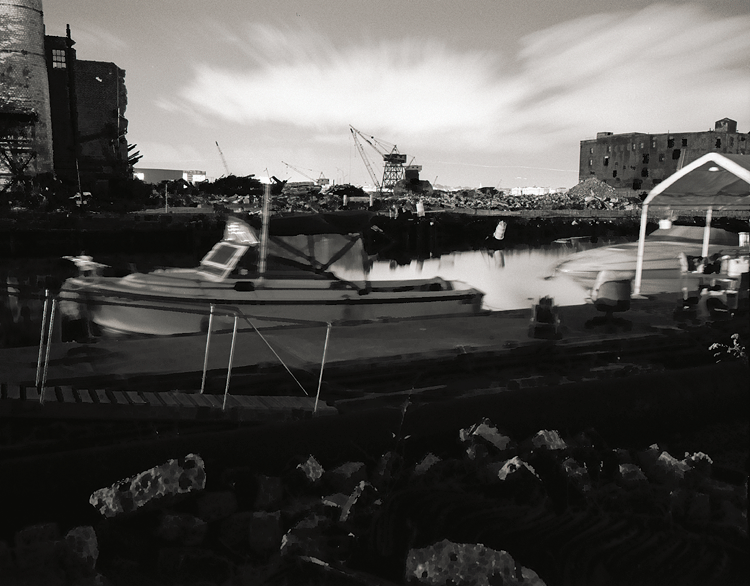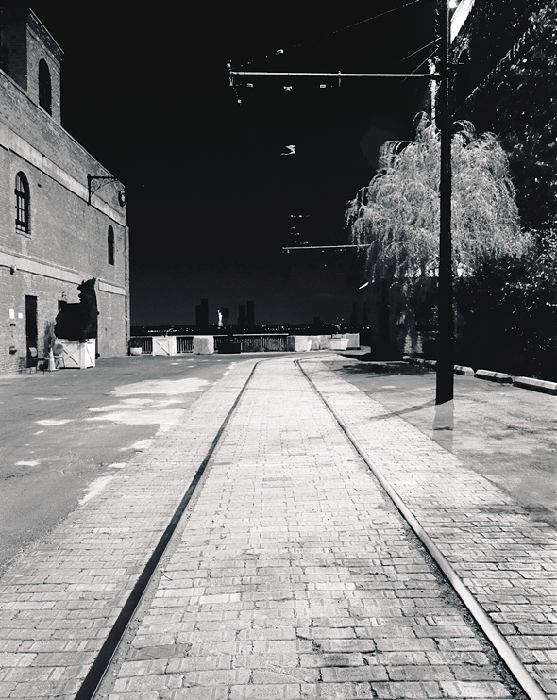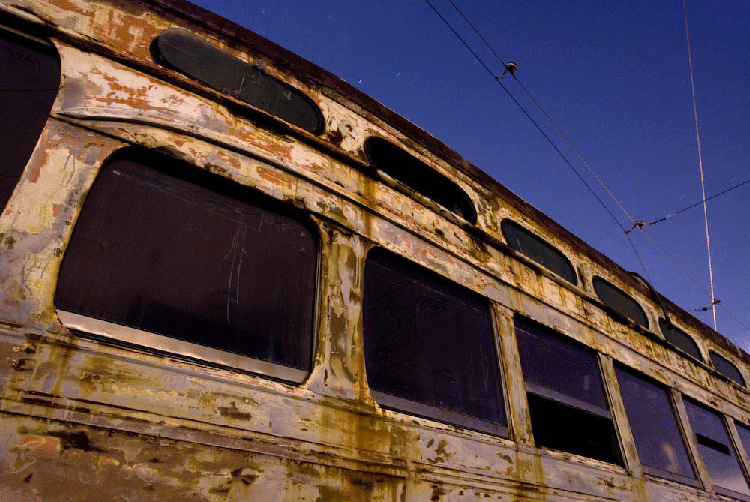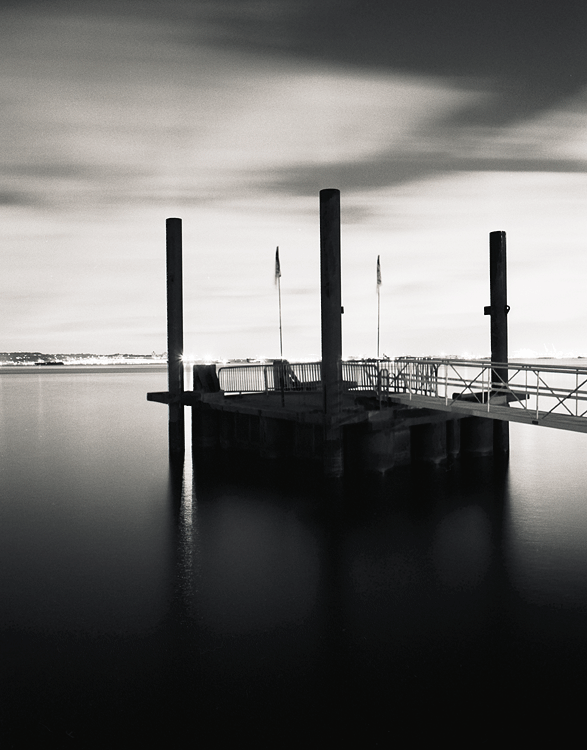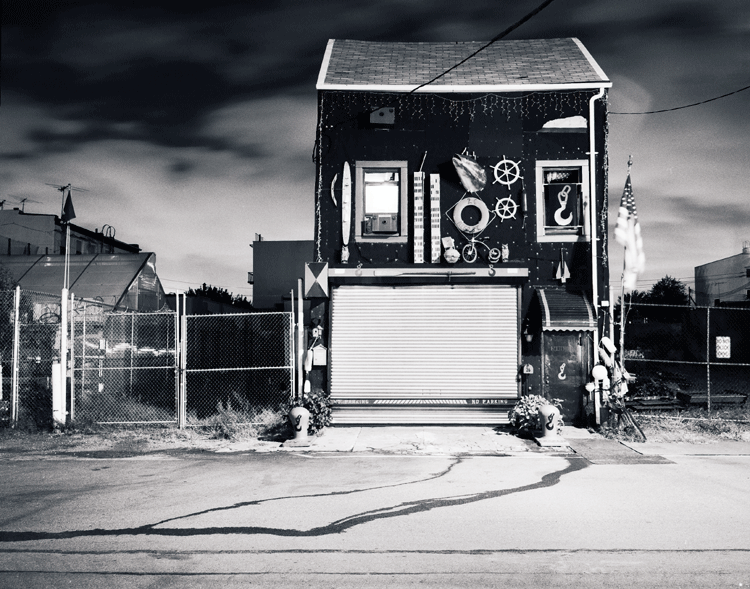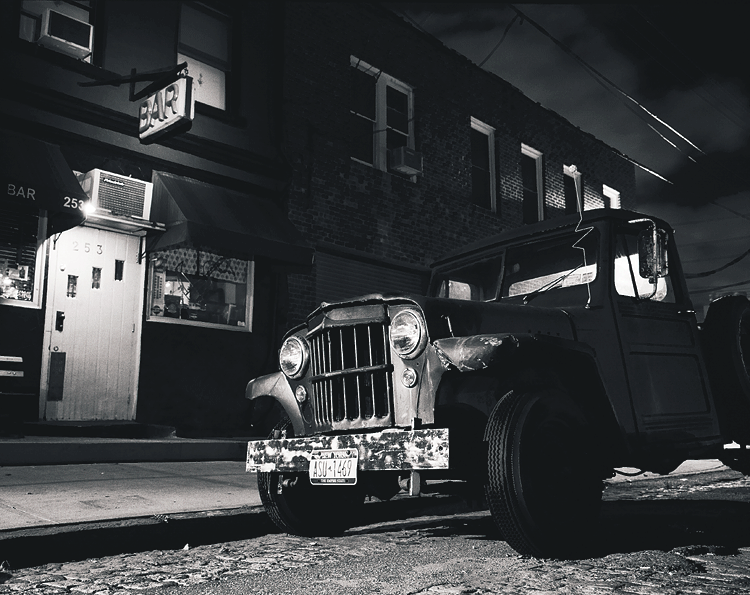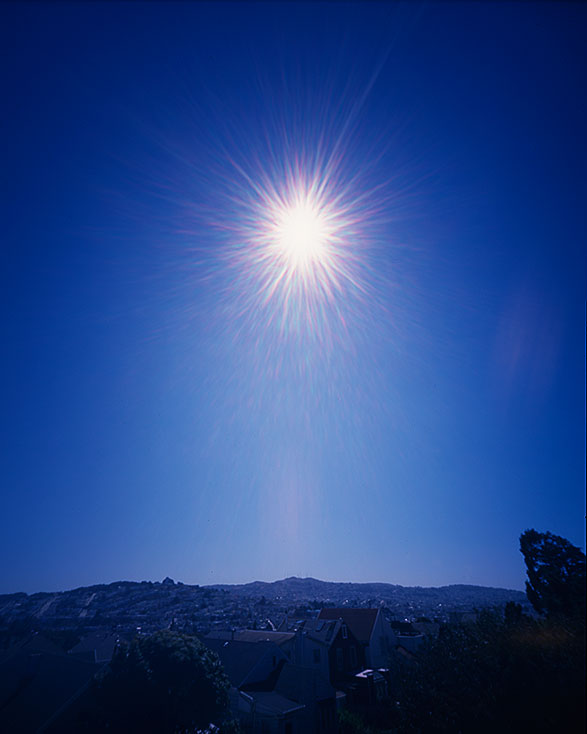 Last Sunday, I attended the first sold out show to be held at B&H’s 60+ seat Event’s Space. Over 80 people showed up at 10:30am to learn more about Lensless, Alternative and Adaptive Photographic Processes! In other words, a lot of people showed up to a NON-digital photographic event!
Last Sunday, I attended the first sold out show to be held at B&H’s 60+ seat Event’s Space. Over 80 people showed up at 10:30am to learn more about Lensless, Alternative and Adaptive Photographic Processes! In other words, a lot of people showed up to a NON-digital photographic event!
This was a preview of the f295 Symposium that will be taking place in Pittsburgh from May 28th – June 1st 2008. If you have any interest in Pinhole or Toy cameras or thought it would be cool to learn any of the alternative photographic processes from albumen to ziatype, well this event is not to be missed!
I attended last year’s symposium, and it was an amazing 4 days of exhibitions, lectures and round-table discussions, workshops, and networking focused on the in-depth exploration of alternative photographic processes. I met a lot of talented artists, was inspired by the speakers, and attended a wonderful workshop where I made my own Daguerreotype!
This year, right off the bat, the Holga Tintype Workshop has my alternative creative juices flowing! It was really great to see so many people show up on Sunday and for those of you who constantly ask when film will die? My answer is N E V E R!
The speakers this Sunday included Laura Blacklow, Martha Casanave, Jill Enfield, Jessica Ferguson, Scott McMahon, Erin Malone, Tom Persinger, Kelly Anderson-Staley, and Jerry Spagnoli. Photos of the event can be found here.
The featured speakers in Pittsburgh will be:
Martha Casanave, Jill Enfield, Jessica Ferguson, Robert Hirsch, Jerry Spagnoli, Keith Taylor, and Ilan Wolff.
There are 40 more slots available for the early bird registration discount of $120 for the Symposium.
The Workshops Registration will start around 2/16 and will be available only to attendees of the symposium.
The featured Workshops are:
- Albumen-Platinum Printing
- An Artistic Approach to Digital Negatives
- Bookmaking for Artists and Photographers
- Calotype Paper Negatives (Dry Process)
- Chrysotype and Cyanotype ‘Rex’ Workshop
- Daguerreotype
- Developed-Out Salt-Printing
- Planning, Organizing, and Staging a Successful Exhibition
- Introduction to Wet Plate Collodion
- Wet Plate Collodion Field Trip
I hope to see you there!
